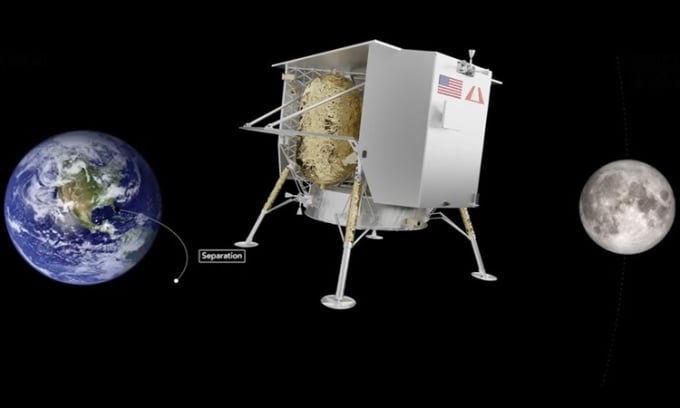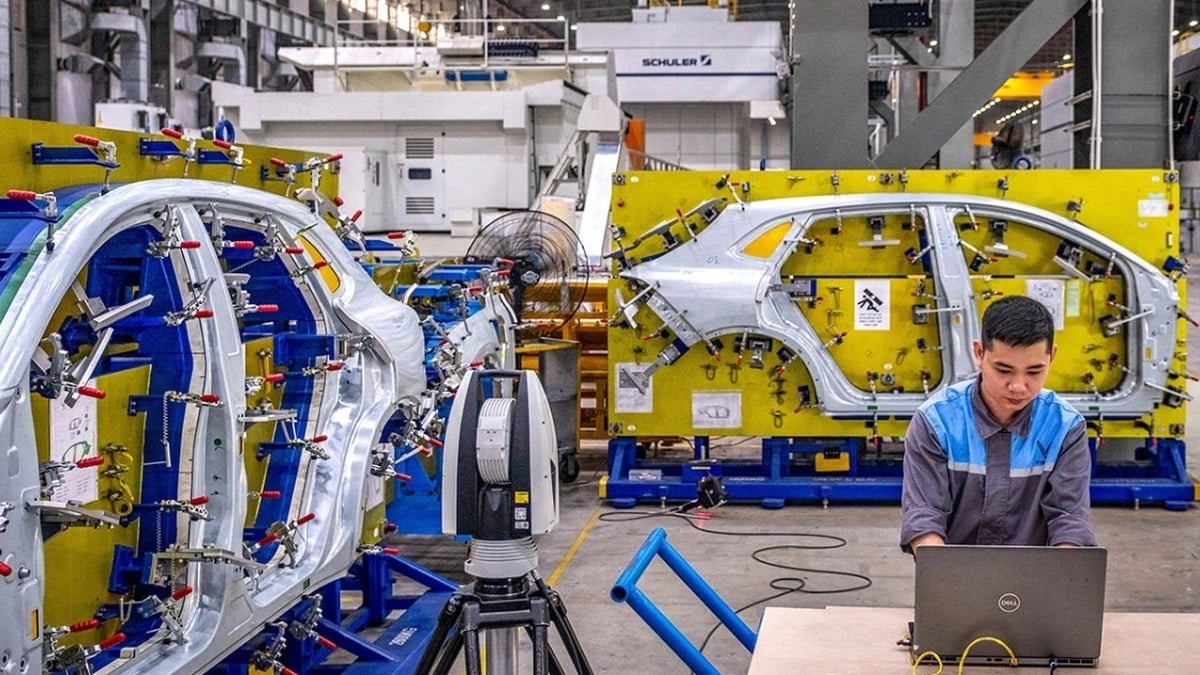The privately owned Peregrine lunar lander leaked fuel after launch last week and is on track to fall back to Earth, its manufacturer Astrobotic said on January 13.

The Peregrine spacecraft failed to reach the Moon as planned, although the fuel leak rate had slowed. Photo: Space
Peregrine launched to the moon on January 8 aboard a Vulcan Centaur rocket, but suffered a serious malfunction after separating from the booster. The fuel leak ended Peregrine’s chances of a soft landing on the moon next month. While Astrobotic is still trying to keep the lander operational as long as possible, its flight path is limited.
"Our analysis efforts were hampered by a propellant leak, which made our prediction of the vehicle's flight path less certain. Our latest assessment is that the spacecraft is on a path to fall back to Earth, most likely burning up in the atmosphere," Astrobotic said.
Astrobotic has not said when it expects Peregrine to re-enter Earth’s atmosphere, though engineers at the Pittsburgh-based company continue to work on ways to save the spacecraft. They are currently evaluating their options. As of January 14, Peregrine is 240,000 miles (389,000 kilometers) from Earth, outside the orbit of the moon.
Astrobotic’s Peregrine is the first private U.S. lunar lander to launch and carry NASA experiments and commercial cargo to the Moon. It is also the first mission under NASA’s Commercial Lunar Payloads Services program. The spacecraft carries five NASA experiments and 15 payloads from various customers, including human remains that Celestis and Elysium Space want to bury on the Moon.
The Peregrine lander was originally scheduled to land on the moon on February 23, but a fuel leak made that impossible. In recent days, the leak has slowed, allowing engineers to extend the life of the lander, but it still cannot land on the moon.
An Khang (According to Space )
Source link






































































































Comment (0)